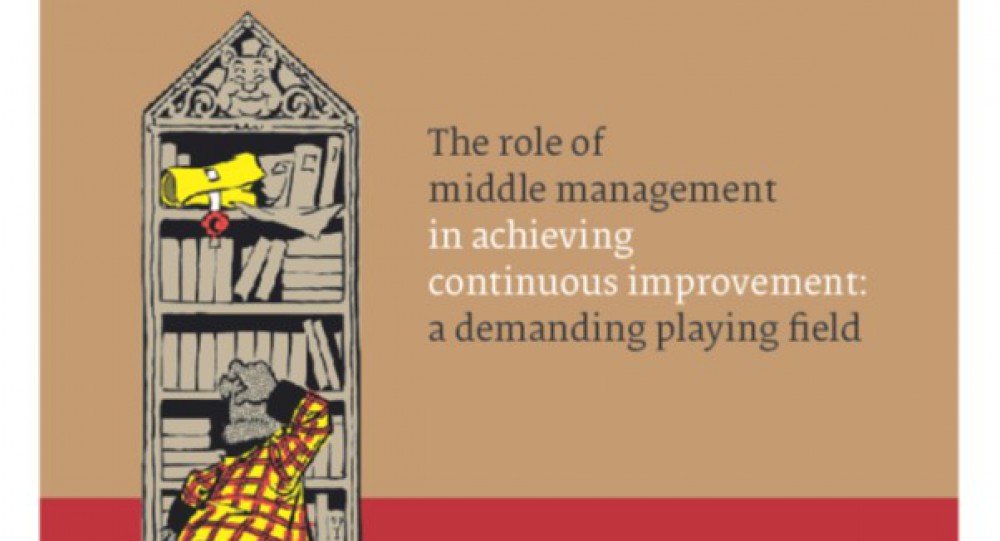The Role of Middle Managers in Becoming Lean: A Systematic Review and Synthesis of the Literature
Freek Hermkens1*, Sharon Dolmans1 and Georges Romme1
1Eindhoven University of Technology, P.O.Box 513, 5600 MB Eindhoven, Netherlands.
Aims: Many organizations adopt the Lean management approach to create a culture of continuous improvement (CI), but often fail to accomplish such a change. Previous studies have explained this high failure rate in terms of poor leadership and management, including the role of middle managers. However, the body of knowledge about the role and influence of middle management in Lean CI is underdeveloped and highly dispersed. Some earlier work suggests that middle managers can both enable and hinder CI initiatives, but a systematic overview is missing. This paper provides a systematic review of the literature to develop a mechanism-based framework that explains the success and failure of CI initiatives in which middle managers are key agents. This study therefore aims to develop an evidence-based framework of key aspects of middle management roles in CI practices drawing on Lean.
Methodology: We conducted a mechanism-based systematic review of the literature. In total, 203 publications were selected and then reviewed in detail. This review focuses on how middle managers influence the implementation and success/failure of Lean CI initiatives.
Results: The review of the literature on CI/Lean and middle management results in two frameworks. Each of these frameworks assumes that top management consistently seeks to implement a particular (archetypical) philosophy of CI/Lean: the first framework assumes an integral management approach and the second one starts from the assumption that a cost-cutting strategy is adopted. Each of these two frameworks in itself reflects some of the key tensions and challenges arising from any CI/Lean change effort, especially for middle managers. In practice, the two conditions may overlap, which creates an additional level of complexity. Overall, our review provides an understanding of the (non)conditions in which continuous improvement initiatives are likely to succeed or fail, and as such also provides a starting point for future research as well as practical work in this area.
![]() Full Article – PDF Page 1-17
Full Article – PDF Page 1-17
DOI : 10.9734/JEMT/2017/38100
